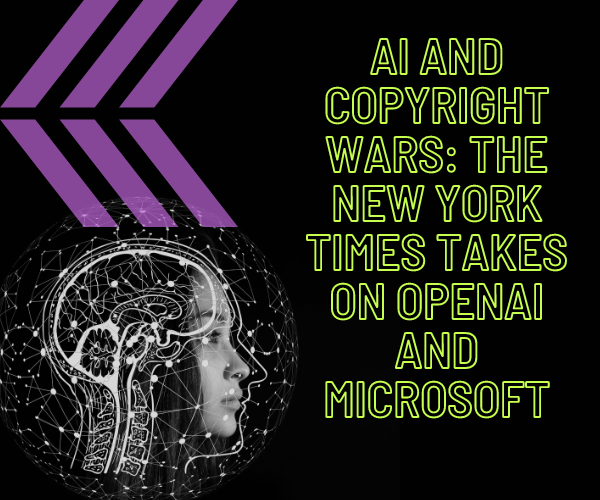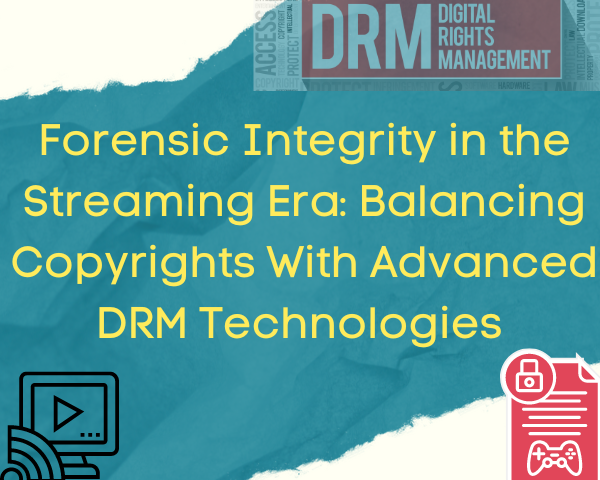Introduction
The New York Times, one of the most respected news organizations, has taken legal action against OpenAI and Microsoft, accusing them of using their articles without authorisation to train their powerful AI models, including the widely used ChatGPT. New York Times alleges that this unauthorised use of articles infringes on their copyright and threatens its business model by diverting web traffic from its site.
Allegations and Claims by The New York Times
The New York Times claims that these companies are trying to take undue advantage of the hard work and money put into creating such a high and superior quality of journalism. They argue that the AI chatbots created by OpenAI and Microsoft, like ChatGPT and Copilot, also copy the unique and distinctive style of the Times’ articles.
The New York Times is claiming damages and an order to stop OpenAI and Microsoft from using any of its articles. They also want the companies to delete all the data they have collected. The lawsuit does not mention the amount of damage the New York Times seeks, but it could be billions of dollars in statutory and actual damages.
Response from OpenAI and Microsoft
OpenAI, the creator of ChatGPT, and Microsoft, emphasised its commitment to respecting the producer’s content rights and hopes to collaborate to benefit from AI technology models. They expressed a mutually beneficial resolution.
Navigating the Intellectual Property Rights Dilemma
The clash between The New York Times, OpenAI, and Microsoft unfolds in the realm of intellectual property law. At the heart of this dispute is the nuanced world of copyright law, depicting the situation where the protection of creative works faces challenges possessed by artificial intelligence.
In light of the Copyright Act of 1976 (United States), like The New York Times, creators have the exclusive right to reproduce, distribute, and display their works. Training AI models using these works could infringe on these rights, especially without authorisation.
1) Section 106 Exclusive Rights:
Section 106 of the Copyright Act of 1976 grants copyright owners exclusive rights to reproduce, prepare derivative works, and distribute their copyrighted material. It also includes the rights to perform and display works publicly, specifically outlined for various types of creative works and sound recordings.
The New York Times holds exclusive rights granted by Section 106, encompassing reproduction, derivative works, distribution, public performance, and public display of their copyrighted material.
2) Section 501(a) Copyright InfringementDefinition:
Section 501(a) of the Copyright Act of 1976 defines an infringer as someone who violates the exclusive right of a copyright owner or an author given under section 106 of the Copyright Act of 1976.
OpenAI and Microsoft have used The New York Times’ material without permission and could be deemed infringers under Section 501(a), violating the exclusive rights granted by Section 106.
3) Section 506(a) Criminal InfringementCriteria:
Section 506(a) of the Copyright Act of 1976 stipulates that an action qualifies as criminal infringement if the following can be demonstrated:
- The presence of a valid copyright,
- Willful infringement by the defendant,
- The infringement is being carried out for either commercial advantage or private financial gain
- Infringer knew or should have known about its commercial intent
The actions of OpenAI and Microsoft might qualify as criminal infringement under Section 506 (a) if the government can demonstrate the presence of a valid copyright (Section 106), willful infringement, and an intent for commercial advantage or private financial gain.
4) Section 107 Fair Use Provision:
Section 107 of the Copyright Act of 1976 allows fair use of copyrighted works for purposes like criticism, comment, news reporting, teaching, scholarship, or research, exempting such use from copyright infringement. In determining fair use, factors include
- The purpose and character of use
- Nature of use
- The amount used concerning the whole work and the
- Impact on the potential market for the copyrighted work
The defence for OpenAI and Microsoft might hinge on Section 107’s fair use provision. They could argue that their use falls under fair use since it involves training AI models for innovative purposes, potentially aligning with purposes such as research and development. However, determining fair use involves weighing factors like the purpose and character of the use, the nature of the work, the amount used, and the impact on the market.
Fair Use consideration for OpenAI and Microsoft:
OpenAI and Microsoft may argue that using The New York Times’ material is transformative, contributing to technological advancements rather than directly competing with the original content. However, the court would need to assess the four fair use factors to determine the legitimacy of this claim.
On the contrary, The New York Times could counter that the extensive use of their material for training AI models goes beyond fair use, impacting the market for their content and potentially constituting copyright infringement.
Conclusion
This case serves as an excellent example of the delicate balancing act that must be done to support AI developments while defending the rights of creators. Though AI has great potential, as demonstrated by ChatGPT and Copilot, it shouldn’t compromise the essential tenets of copyright protection. Undoubtedly, the results of these court conflicts will influence how copyright law and technology intersect in the future.
*Written by Gayatri Singh, Legal Intern @Intepat IP




